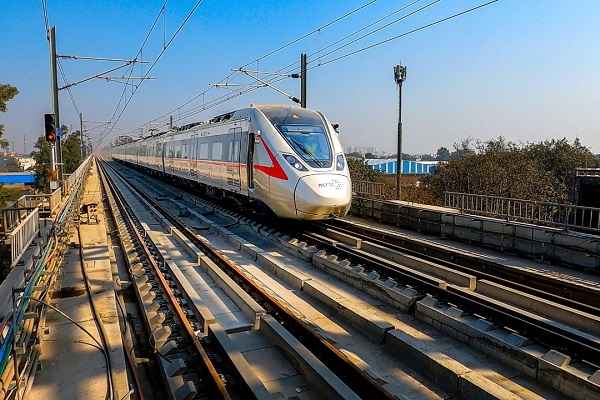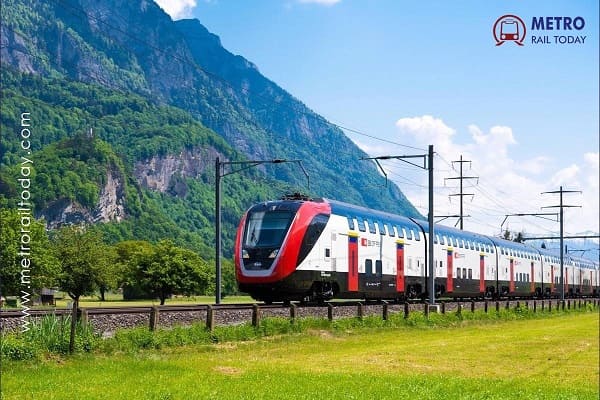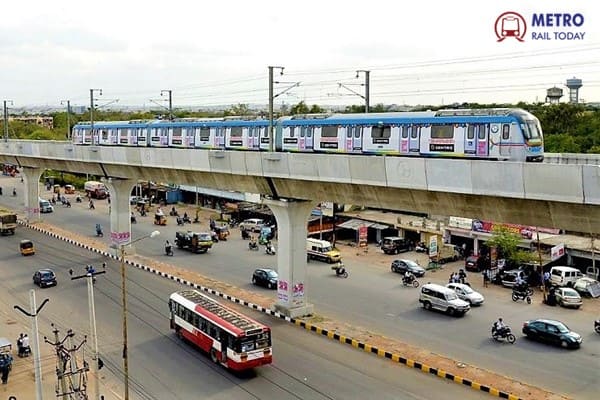 L&T plans to exit from Hyderabad Metro Rail project after FY2025-26
L&T plans to exit from Hyderabad Metro Rail project after FY2025-26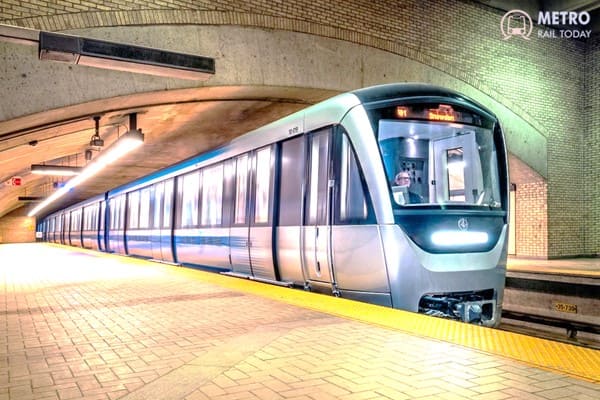 Trial run commences on Egypt’s Cairo Metro Line 3
Trial run commences on Egypt’s Cairo Metro Line 3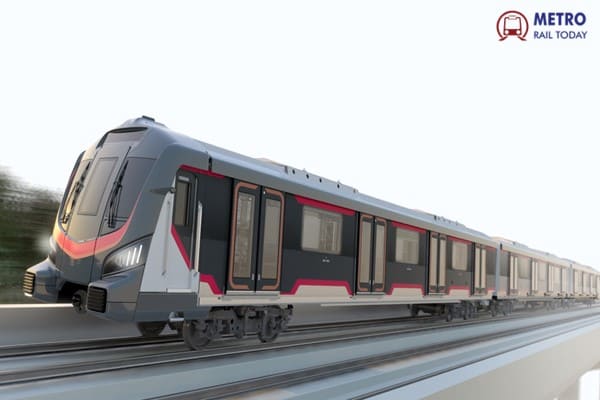 Siemens unveils plan to set up Metro train manufacturing facility in Maharashtra
Siemens unveils plan to set up Metro train manufacturing facility in Maharashtra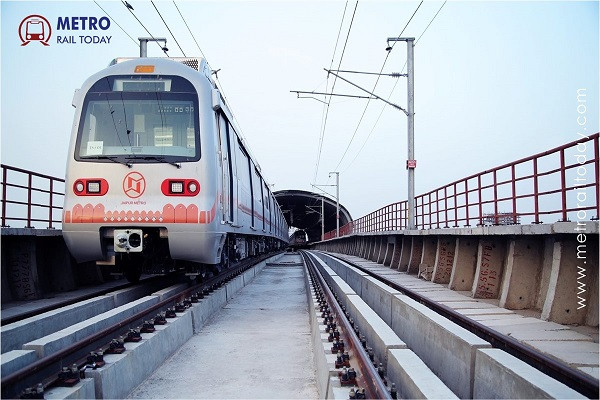 Afcons Infrastructure commences construction works for Jaipur Metro Phase 1C
Afcons Infrastructure commences construction works for Jaipur Metro Phase 1C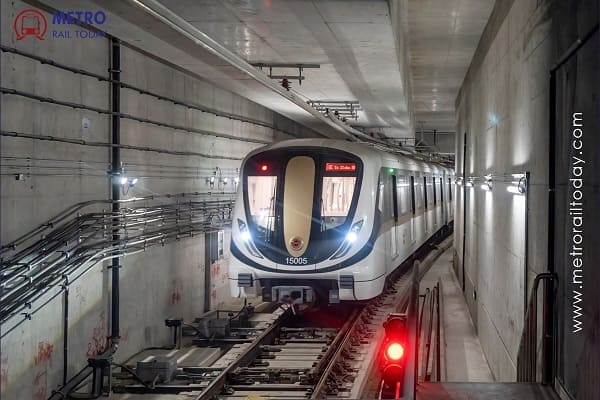 TBM Buddha recorded first tunnel breakthrough for Patna Metro Corridor 2
TBM Buddha recorded first tunnel breakthrough for Patna Metro Corridor 2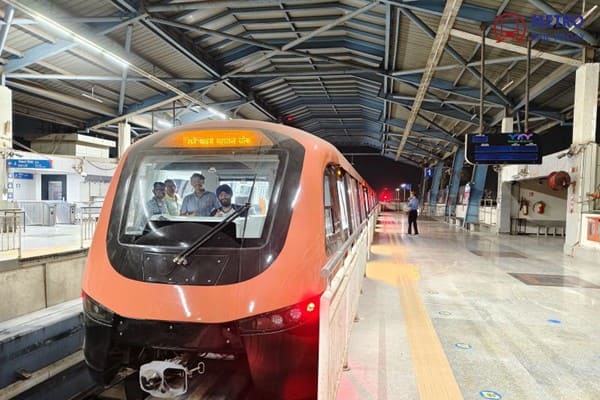 Medha-SMH Rail JV started testing of new Rolling Stock of Mumbai Monorail
Medha-SMH Rail JV started testing of new Rolling Stock of Mumbai Monorail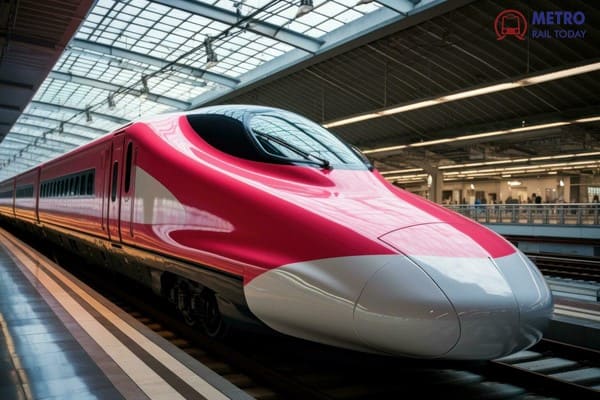 24x7 Geotechnical Monitoring deployed for Mumbai-Ahmedabad Bullet Train Project
24x7 Geotechnical Monitoring deployed for Mumbai-Ahmedabad Bullet Train Project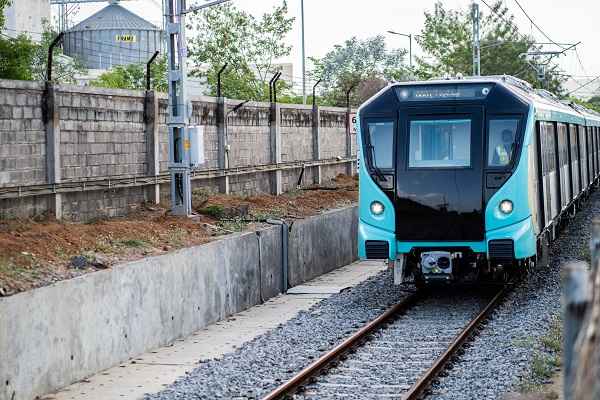 Trial run extended from BKC to Dadar Station on Mumbai Metro Line 3
Trial run extended from BKC to Dadar Station on Mumbai Metro Line 3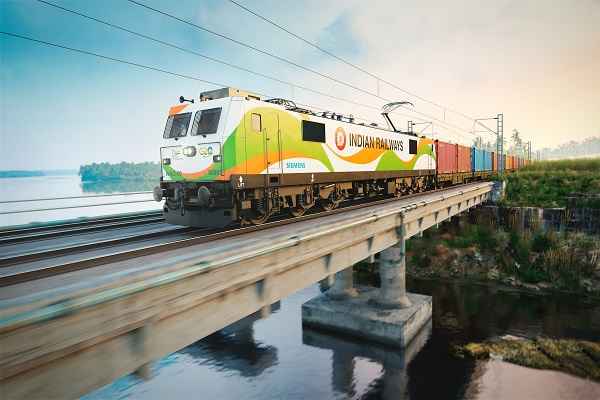 Besco wins ₹342 Crore Contract for supply of 800 Wagons to Indian Railways
Besco wins ₹342 Crore Contract for supply of 800 Wagons to Indian Railways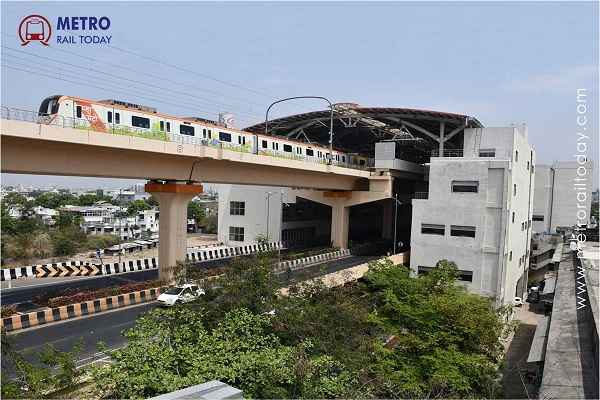 DPJC Infra begins casting viaduct segments for Reach 2A of Nagpur Metro Phase 2
DPJC Infra begins casting viaduct segments for Reach 2A of Nagpur Metro Phase 2
Installation of Six Special Steel Spans completed in Delhi Section of Delhi-Meerut RRTS Corridor
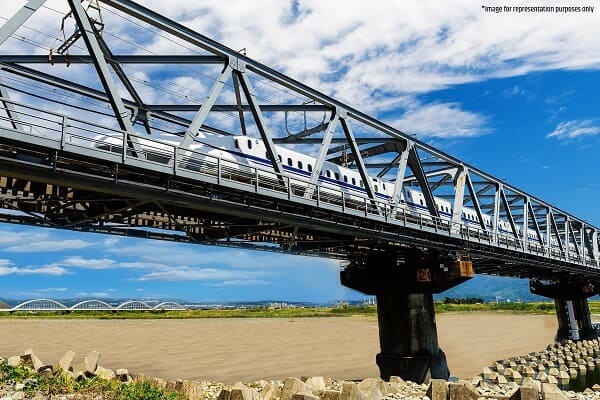
New Delhi, India (Metro Rail Today): The National Capital Region Transport Corporation (NCRTC) has accomplished a significant milestone with the successful installation of all six special steel spans for the Delhi section of the Rapid Rail Transit System (RRTS) corridor. These specially engineered steel spans were strategically positioned to traverse the Gazipur Drain and Kondli roundabout, connecting New Ashok Nagar to Anand Vihar. Notably, this particular section stands out as the sole location along the entire RRTS corridor where such an extensive viaduct is being constructed using these distinctive steel spans.
The aggregate length of the six special steel spans totals approximately 360 meters. This stretch of the RRTS corridor, originating from Sarai Kale Khan and running parallel to the Gazipur Drain, has now successfully traversed the drain with the implementation of these six steel spans. Among these spans, three measure approximately 70 meters in length, each weighing a staggering 540 tonnes, while the remaining three spans span 50 meters in length, each also weighing 540 tonnes. Impressively, these special steel spans boast a width of approximately 14 meters.
Undoubtedly, installing the steel span near the 40 to 50-meter-wide Ghazipur Drain presented a formidable challenge, considering its diagonal flow in relation to the alignment of the RRTS corridor. Overcoming this hurdle necessitated the construction of deep foundations within the drain for the pillars. Moreover, the presence of pre-existing structures such as Public Works Department (PWD) roads and large Delhi Jal Board (DJB) pipelines created further obstacles, demanding the use of high-capacity cranes for foundational construction. The site also posed additional complications due to its proximity to high-tension Extra High Voltage (EHT) lines. Notwithstanding these complexities, Team NCRTC admirably completed the task, strictly adhering to all established regulations and safety protocols.
These steel spans have been secured atop the pillars constructed for this purpose. Additionally, an underground ramp is currently under construction in the direction of Khichripur, which will link this elevated section to the underground Anand Vihar Station via a series of underground tunnels.
In its standard practice, NCRTC installs pillars at an average distance of 34 meters to facilitate the construction of the RRTS viaduct. These pillars are then interconnected using pre-cast segments, leveraging a launching gantry (referred to as Tarini) to form the RRTS viaduct span. However, in areas characterized by complex terrain, such as river crossings, bridges, rail intersections, metro corridors, expressways, or other existing infrastructures, maintaining this standard distance between pillars is often impractical. It is under such circumstances that the application of steel spans becomes indispensable, effectively bridging the gap between pillars.
Following the successful installation of these six special steel spans, the total count of such spans within the 70-kilometer-long elevated section of the 82-kilometer-long Delhi-Ghaziabad-Meerut RRTS corridor has now reached 12. Prior to this achievement, six special steel spans had already been installed for the Delhi-Meerut RRTS corridor. These installations included one span on the Delhi-Meerut Expressway (DME) in Meerut, one special span in Vasundhara on the main railway line, one steel span in the vicinity of the Ghaziabad station, two spans for the RRTS viaduct leading towards the Duhai Depot, and one span facilitating the crossing of the Eastern Peripheral Expressway (EPE).
Special steel spans constitute massive structures, primarily composed of beams constructed from structural steel. The NCRTC manufactures these structural steel segments within their factory premises before transporting them to the installation site during nighttime to minimize any potential disruptions to regular traffic flow. At the site, these segments are methodically assembled, meticulously joining each part together using specialized techniques. The design and configuration of these steel spans are meticulously tailored to fulfill the demands of construction, installation, and operational usage.
In summation, the completion of the installation of the six special steel spans represents a remarkable feat in the ongoing development of the RRTS corridor, underscoring NCRTC's commitment to achieving key milestones while surmounting complex challenges with efficiency and precision.





